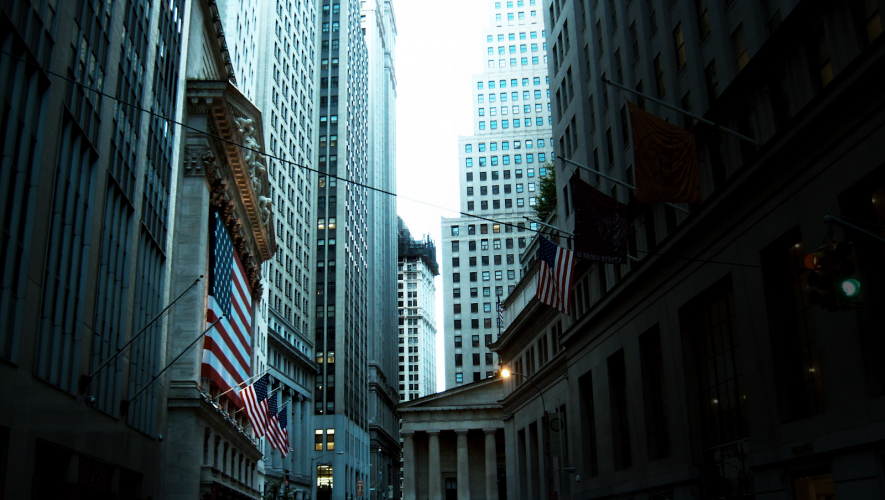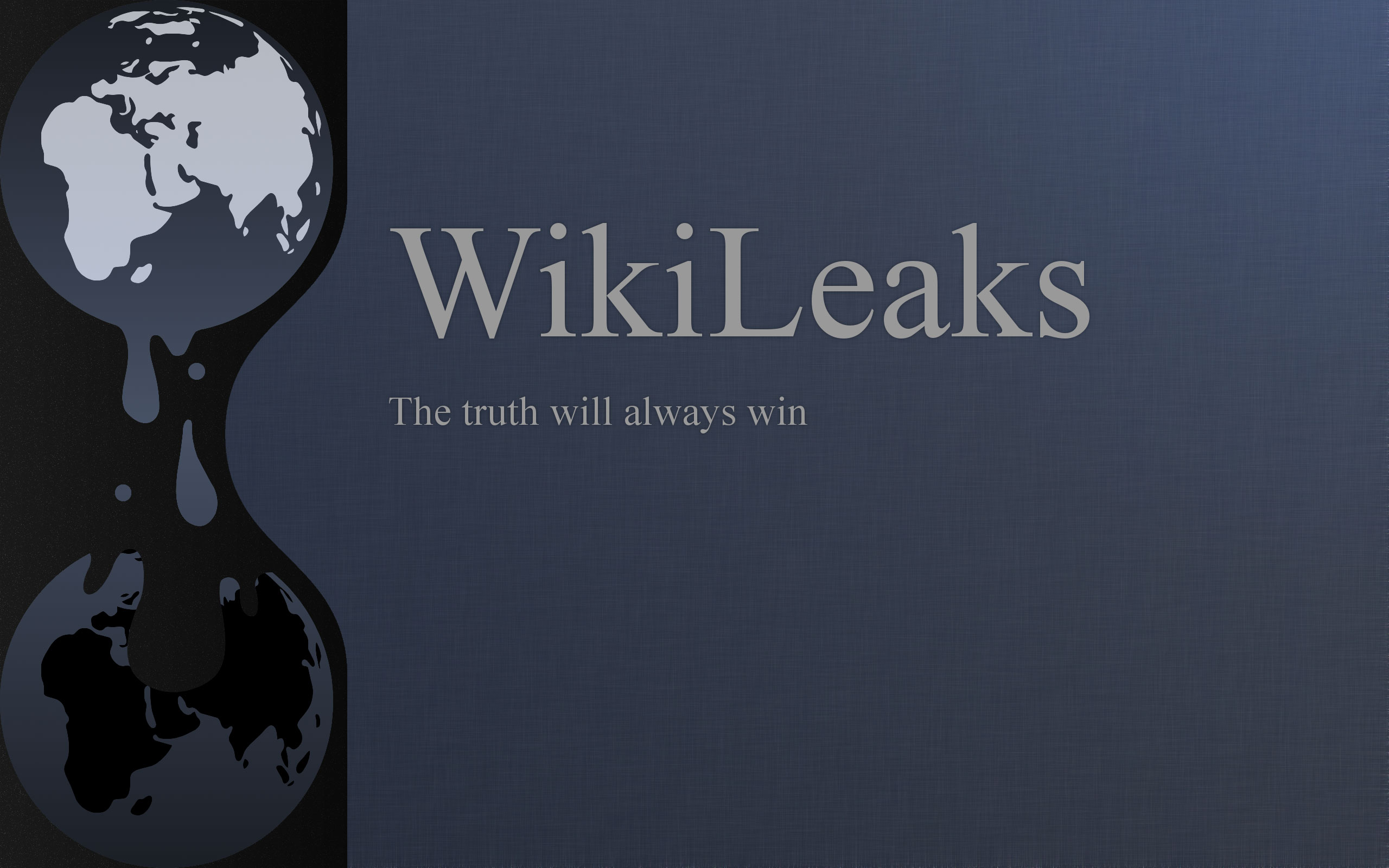For a man whose beard generates enough drag to slow a freefall, Bill Booth certainly loved to design parachutes.
Through patented parachute improvements and the development of instructor-guided tandem jumping, this aerial Hagrid made his beloved sport safer and more accessible. Since Booth began innovating in the 1970s—presumably while manifesting his destiny across the continent—the fatality rate has more than halved.
Booth achieved something that his brother in beardedness, Leonardo da Vinci, never did: a successful flying machine. It would be ludicrous to remove Booth’s safeguards against a skydiving disaster.
Why then, have President Trump, his appointed regulators, and congressional Republicans spent the last few years removing the nation’s safeguards against economic disaster?
At a time of swelling wealth inequality laid increasingly bare by a pandemic, the needs of poor and middle-class Americans must trump the priorities of gargantuan financial institutions. Congress should reverse the 2018 rollback of post-crisis financial reform, undo the regressive 2017 tax law, and seriously consider breaking up the largest banks.
* * *
To learn what the deregulation undid, we must return to 2010, when the people Donald Trump fired were of no consequence. As the global economy languished in the radioactive fallout of the financial crisis, Congress responded with the Dodd–Frank Wall Street Reform and Consumer Protection Act, known simply as Dodd–Frank. It targeted the actors deemed responsible, monitored the stability of “too big to fail” firms (i.e. firms whose failure would crash the economy), and limited their risk-taking ability.
It did so by establishing regulatory bodies and policies. The Consumer Financial Protection Bureau fights predatory mortgage lending and helps consumers understand their mortgages. The Volcker Rule restricts banks from certain types of risky investments that benefit banks more than their clients; in doing so, it recognizes the danger of financial institutions offering commercial and investment banking services at the same time.
Dodd–Frank walked the tightrope between market solutions and breaking up banks, imposing heightened regulations to push banks to internalize the consequences of their decisions. It was a meaningful check on corporate greed. Negative stock and positive bond returns after its passage indicated that the market thought Dodd–Frank would reduce risk. And with Barack Obama wielding a veto pen and appointing federal regulators, it seemed secure.
But when Republicans won the White House and Congress in 2016, they took two major legislative steps in the wrong direction.
The first was the patronizingly named Tax Cuts and Jobs Act of 2017, which, apart from ballooning the deficit with regressive income tax policies, lowered the tax burden for commercial banks. Bank profits, which were healthy before the cut, leaped to record highs, with the tax cut as a primary booster. Smaller banks profited more but saw significantly less tax relief.
The second, more complicated step was the Economic Growth, Regulatory Relief, and Consumer Protection Act of 2018 (“the rollback”). It was far from the “big number” Trump promised to do on Dodd–Frank, but it was the largest rollback of its kind since the crisis and a step toward a repeat disaster.
“At a time of swelling wealth inequality laid increasingly bare by a pandemic, the needs of poor and middle-class Americans must trump the priorities of gargantuan financial institutions.”
The rollback relaxed reporting, responsibility, and accountability checks on banks of all sizes, but its most touted—and concerning—change was a concession to large banks by weakening the stress tests Dodd–Frank imposed.
In a stress test, a computer gauges whether a bank has enough liquid assets to withstand simulated economic and financial strain. These simulations are sometimes based on past crises and could include a war, natural disaster, or plunge in several economic measures. If a firm fails a test, it must boost its liquidity; until it does, its stock price will drop and borrowing will become more expensive. These tests recognize that financial firms are vulnerable to economic downturns and that their credit, market, and liquidity risk must be regularly tested, documented, and published.
The Dodd–Frank stress testing wasn’t perfect. Banks knew in advance when the tests would happen, so they limited their risky activity before each test and resumed it after they passed. The Federal Reserve would be better off incorporating random testing like pro sports leagues do for drug tests. But on the whole, stress testing was a reasonable accountability mechanism.
The 2018 rollback raised the asset threshold for rigorous stress testing from $50 billion to $250 billion while reducing test frequency. In doing so, Congress either denied that a bank with $200 billion in assets was too big to fail, or it accepted that it was but refused to regulate it as such.
The rollback also removed other requirements for banks with $100–250 billion in assets, including rules on how much they must hold in liquid assets and the requirement that they submit living wills—plans to guide their own liquidation without taxpayer money should they fail.
The market reacted to the weakened guardrails. Research conducted by Jonathan Green compared two portfolios of financial institution stocks: one of banks with $100–250 billion in assets (“towers”) and another of banks with more than $250 billion (“skyscrapers”). Firms in both groups received federal bailouts in 2008, indicating that that were, and are, too big to fail, despite what Congress’s rollback might indicate.
From 2015 until the rollback, the towers’ stocks performed worse than the skyscrapers’ stocks. In the eighteen months after the rollback, the towers drew even, perhaps indicating a market perception that they felt emboldened to assume greater risk. Though the study examined only a short period during favorable economic conditions, it could indicate that the towers feel less constrained by testing.
The Federal Reserve’s 2019 plans for stress testing included three levels: a “baseline” where the economy proceeds as projected, an “adverse” scenario with weakened activity, and a “severely adverse” state where, among other things, unemployment swells to 10 percent. At its worst during the ongoing pandemic, unemployment nearly hit 15 percent, well outside the Fed’s worst-case testing scenario. The Fed has some discretion in boosting scrutiny for banks with $100–250 billion in assets, but its 2019 standards—under which those firms did not have a supervised test and were measured using year-old data—do not inspire confidence.
Post-rollback stress testing is not as strict or frequent as it should be and is not applied to enough firms. Financial institutions, particularly the largest ones, were making record profits before the rollback, and the relatively low compliance costs for big banks indicate that stress testing did not significantly hinder those profits.
Massive banks torpedoed the global economy with reckless and greedy behavior, then used $20 billion in bailout money to pay massive bonuses to high-ranking employees. There was no reason to afford them greater leeway when restraint and caution were warranted. Dodd–Frank’s stress testing requirements ought to be restored and properly enforced to guard against overly risky behavior.
But as destructive as the tax cut and the rollback were, they cannot hold a candle to the havoc wrought by the Trump administration itself.
* * *
Regulatory nuance is a backwater where public attention goes to die. But it’s essential to understand what Trump has done to make the economy and the financial sector more dangerous.
Dodd–Frank alone cannot hold financial institutions accountable. Its effectiveness relies on federal agencies and the Fed making, interpreting, and enforcing rules, meaning the president’s appointees have immense discretion regardless of federal statute.
Weakened regulations under Trump allowed financial institutions to issue about $1.3 trillion in risky corporate loans in 2017 and 2018, a 40 percent spike over the previous two years. Much of this lending came via leveraged loans to cash-strapped, indebted companies in order to boost them and stimulate the economy. These loans are enticing to banks, which can earn enormous fees and pass the risk to other investors by selling the loans.
But since the borrowers have less cash and are more likely to fall behind on payments, these loans are risky. If interest rates spike or the economy slows—during a pandemic, for example—borrowers could default en masse, damaging the economy as bankers stop lending.
Before Trump, regulators issued formal—albeit non-binding—guidance against the riskiest loans, prompting a drop in leveraged loans. But firms, angry over decreased fee revenue, argued that they were federally insured and that their passing of risk to other investors protected them from adverse consequences. The Trump administration agreed, appointing new regulators with close industry ties.
The leveraged loan regulations quickly started to unravel. Pennsylvania Senator and financial industry mouthpiece Pat Toomey asked for clarification on whether the guidance was binding. Treasury Secretary Steven Mnuchin urged agencies to suspend and re-issue it after seeking input from banks. After an administration report cast doubt on regulators’ power, Keith Noreika—who Trump handpicked from the private sector to be the nation’s leading bank regulator—said the guidelines weren’t binding. Noreika’s successor, former finance executive Joseph Otting, likened the guidance to “the wrath of Khan.”
But the most alarming aspect is that financial institutions are packaging leveraged loans into products called collateralized loan obligations, the market for which has doubled since the 2008 crisis. Substitute mortgage loans for corporate loans and the packages look eerily similar to those that triggered the crisis.
Finance CEOs have cavalierly claimed that risk deferral means limited impact on them. Perhaps they didn’t learn the lesson of 2008, that passing risky financial instruments around doesn’t make them any less dangerous and only puts more firms at risk. Or perhaps they understand but are counting on taxpayers to bail them out again if their actions backfire. Either way, they have only their own interests in mind.
***
Any effort for positive change must reverse the regressive 2017 corporate tax cut and 2018 Dodd–Frank rollback, restoring the legislative standards that existed between 2010 and 2017. Though some might insist on more stringent regulations than that, the more important consideration is the appointment of federal regulators who will enforce existing law and hold massive financial institutions accountable for reckless behavior.
Such an effort must overcome the financial lobby, which spent a record $1.9 billion during the 2018 election cycle. The spending surge came as Republicans lowered tax rates for the largest financial companies, boosting their profits to record highs. Among the biggest recipients were Banking Committee members, including a handful of Democrats, who drafted and pushed the prized rollback. Though most Democrats opposed the bill, seventeen senators and thirty-three representatives supported it, a sizable chunk of whom were up for re-election in states Trump won.
Aggressive lobbying also torpedoed the nomination of former financial regulator Nellie Liang to the Fed Board of Governors. Liang withdrew when her chances of Senate confirmation evaporated, and Trump immediately pivoted to suggesting pro-deregulation candidates.
After several years of swimming backward under Trump, we need a return to transparency, accountability, and responsible regulation. We need strong enforcement of Dodd–Frank’s most aggressive and progressive elements, most of which were left untouched by the rollback in order to win some Democratic support.
Most of these elements run through the Financial Stability Oversight Council, which Dodd–Frank created to identify and regulate financial threats. Only FSOC can regulate the shadow banking industry—hedge funds, investment banks, and other non-bank institutions—that helped cause the crash. Uniform regulations for banking and shadow banking are essential since unequal rules incentivize firms to shift risky activity away from regulatory gaze.
Much of FSOC’s power comes from analyzing and designating institutions as systemically significant (i.e. too big to fail), which triggers heightened regulation. Obama appointees did so just a few times, while Trump’s appointees undid the Obama designations and haven’t made new ones. This marked a key retreat in Dodd–Frank enforcement, a retreat the FSOC would do well to reverse under the next administration.
“After several years of swimming backward under Trump, we need a return to transparency, accountability, and responsible regulation. We need strong enforcement of Dodd–Frank’s most aggressive and progressive elements.”
Dodd–Frank also empowers FSOC and the Fed to break up large firms if regulators deem them a “grave threat” to national financial stability. To do so, the Fed governors must decide a firm poses a grave threat. Then two-thirds of FSOC must vote to start breaking the firm up.
If this happens, the firm’s activity will be limited, not to cripple it, but to shrink it enough that its failure would not drag down the economic fortunes of the country and its citizens, as the 2008 failure of Lehman Brothers did. That way, Americans wouldn’t be wiped out by the actions of financial megaliths and would not be obligated to bail them out. But since Fed governors and FSOC members require presidential nomination and Senate confirmation, and because Fed governors serve fourteen-year terms, affecting change this way will take time and diligence.
The 2008 crash and the ensuing recession brought increased misery to millions. A tenth of the workforce wasn’t working. Almost ten million people lost their homes. More than a decade later, the bottom 90 percent are between 17 and 35 percent poorer than they were before the crash.
The more we deregulate, the more we risk a repeat disaster. We need banking that focuses a little more on people and a little less on banks.







